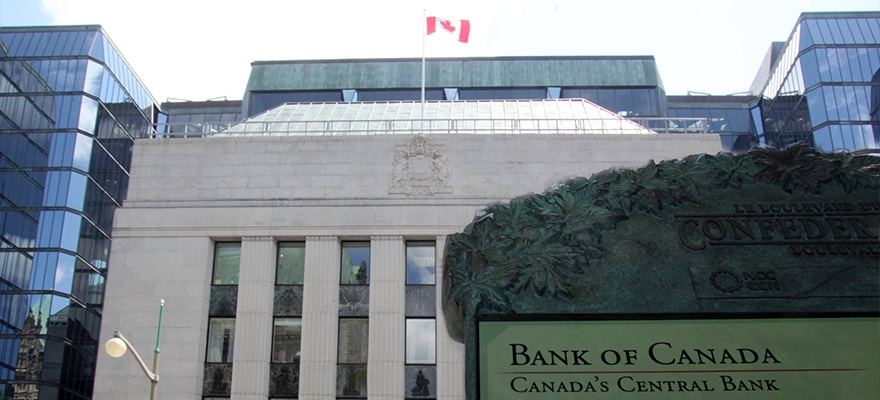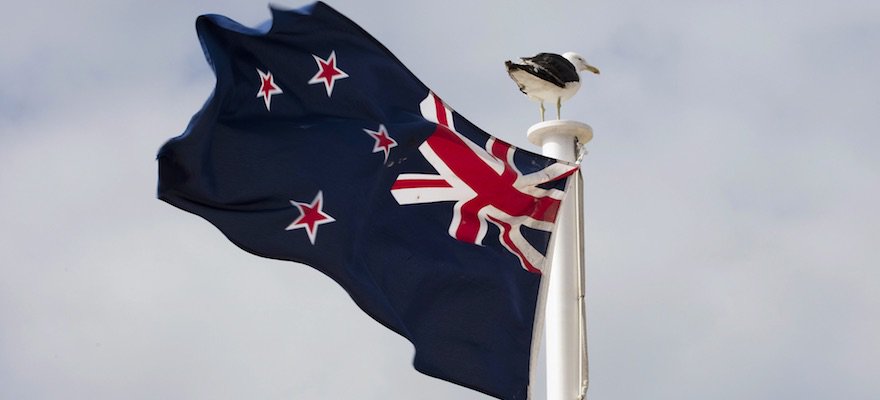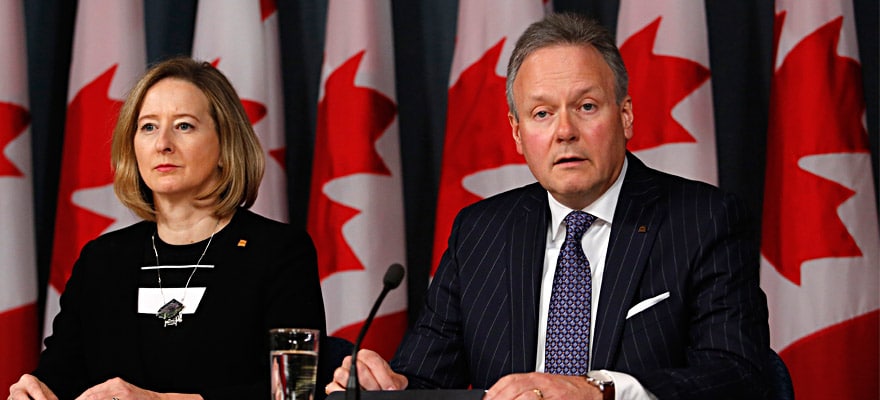In May, first quarter Gross Domestic Product for Canada came in at -0.6% in annualised terms, exhibiting the biggest contraction since the 2009 recession and the first contraction in four years. The drop in growth was attributed to lower energy prices which caused a decrease in business investment.
We also saw weak Q1 GDP in several other major nations including the USA, which was dismissed as transitory; a similar case was made for the weak first quarter in Canada until the following month reading was released showing another monthly decline.
On June 30, GDP for the month of April missed estimates of 0.1%, coming in equal to the lowest prediction across 24 economists at -0.1%. The Canadian dollar saw sustained downside after the release with USD/CAD and GBP/CAD rallying 150 and 225 pips respectively during the remainder of the session and into the next day.
This release indicates that the slowdown in Q1 was not as temporary as the BOC had hoped. The number marks four consecutive months of contraction and has renewed speculation of another rate cut - as soon as the next meeting on July 15.
Two more negative readings will mean technical recession in Canada. Economists are commenting that the downturn from low energy prices may last longer than originally anticipated. Whereas economies like the US, which are less reliant on oil exports as a percentage of GDP, can pass the effects of low oil off as transitory, it appears that this may not be so easy for Canada.
Going Forward
Several major banks, including Bank of America Merrill Lynch, have forecast further easing this year, and the latest GDP figure strengthens their rationale. BofAML said this on June 30. "We continue to expect the BoC to ease this year, most likely in October. Although the July meeting would be a reasonable time to ease, Governor Poloz may hesitate to suddenly shift from optimistic to dovish, particularly in light of criticism for his surprise January cut."
BofAML brings attention to an important point; regardless of whether the BOC cuts or not, the statement is going to have to scale back its upbeat tone somewhat, and this will be perceived as a introduction to a cut, if future data warrants it. So our analysis tells us that the Canadian dollar is more of a bearish currency now than it was a week ago; the BOC will either cut rates on July 15 or shift to a more dovish stance - either way it spells sell for the CAD.
The BOC is one central bank that keeps their cards close to their chest, and as such we must rely more on the data than language in assessing rate possibilities. The only piece of tier one data we have before the rate decision is employment on July 10 where a miss will add even more weight to the prospect of a cut. Currently the OIS market is pricing a 34% probability of a cut at the next meeting.

















